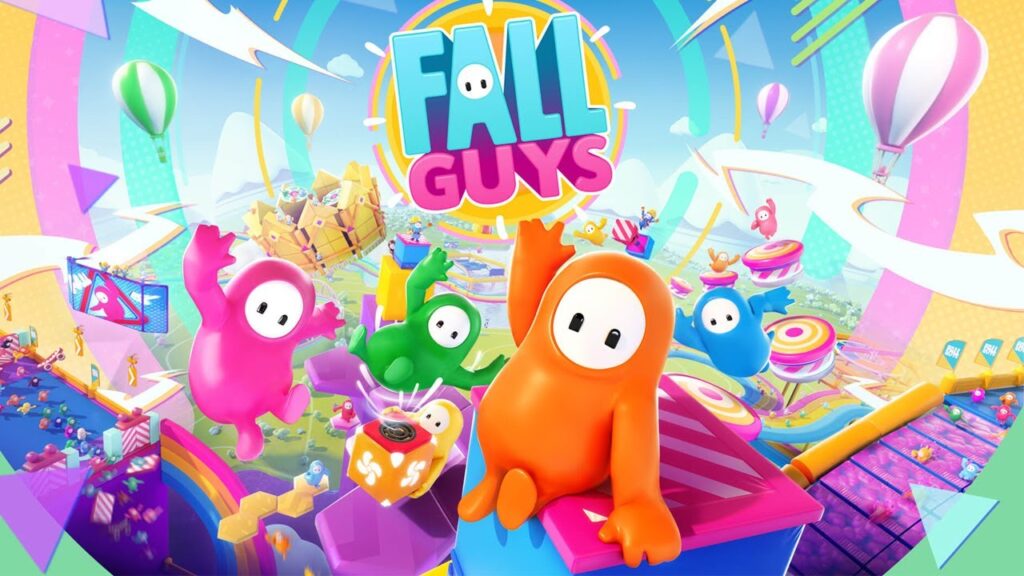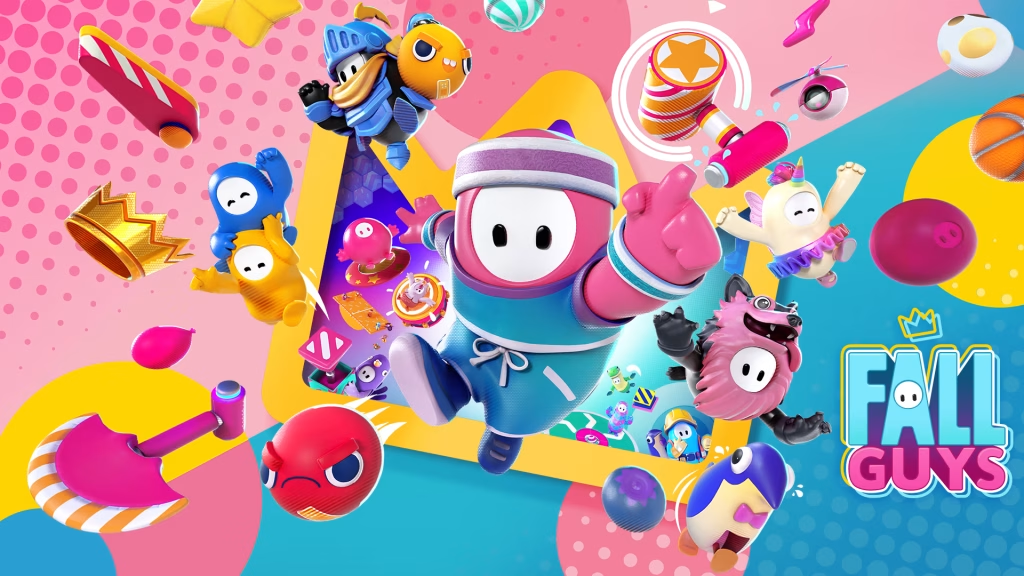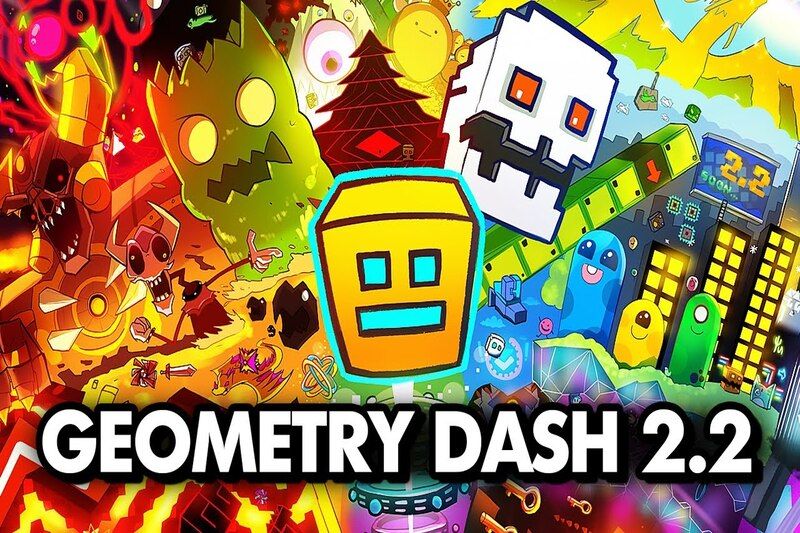Popular Now
Introduction
Fall Guys: Ultimate Knockout took the gaming world by storm when it launched in 2020. Its mix of colorful chaos, battle royale mechanics, and family-friendly design captured millions of players across all platforms. Yet, just a few years later, its daily active player base has significantly dwindled. This article delves deep into the timeline and root causes of Fall Guys’ decline, exploring gameplay design limitations, monetization missteps, and the erosion of its community enthusiasm through ten chronologically ordered sections.
1. The Explosive Launch and the Golden Month
Fall Guys launched at the perfect time — in the middle of a global pandemic when millions were stuck at home looking for light-hearted fun. Its easy-to-learn but hard-to-master gameplay, along with the novelty of non-violent competitive action, made it a viral hit on Twitch and YouTube.
In August 2020, Fall Guys dominated the gaming conversation. With free access via PlayStation Plus and cross-platform hype, the game hit over 2 million PC downloads in its first week. Streamers like TimTheTatman turned it into an internet sensation. But the buzz was hard to maintain.
2. Content Drought and the Slow Update Cycle
After the initial success, Mediatonic failed to keep the momentum going due to a slow and shallow content update schedule. While players expected rapid expansion similar to Fortnite or Apex Legends, Fall Guys offered only a handful of new mini-games per season.
The lack of variety quickly wore down the novelty. With few mechanics beyond running, jumping, and grabbing, players began to feel repetition. The initial 24 mini-games weren’t enough to sustain long-term engagement, especially when updates came only every few months.

3. Cheating Epidemic and Competitive Frustration
By September 2020, Fall Guys was plagued by cheaters using speed hacks and fly mods to win crowns unfairly. The anti-cheat system in place was rudimentary, and for several weeks, it went largely unchecked.
This undermined the casual competitive environment Fall Guys thrived on. Watching hackers fly across levels in what was supposed to be a light-hearted platformer turned away many players. Eventually, Mediatonic adopted Epic’s Easy Anti-Cheat, but the damage to the community's trust was already done.
4. The Rise of Direct Competitors and Trend Saturation
In the months following Fall Guys’ release, other games either mimicked or overtook its success. Among Us surged in popularity, taking over the casual gaming space. Fortnite continued evolving, and new titles like Roblox mods and custom Minecraft maps began replicating obstacle-course-style gameplay.
Fall Guys began to feel limited in scope. The novelty wore off, and without revolutionary mechanics or deep progression systems, many players opted for alternatives that offered more complexity or creativity.
5. Transition to Free-to-Play: Promise and Pitfalls
In June 2022, Fall Guys officially went free-to-play under Epic Games’ stewardship. This move promised to revitalize the player base by eliminating the paywall and introducing cross-play and cross-progression across platforms.
However, the transition also introduced aggressive monetization practices. The crown-based reward system was replaced with premium currencies like Show-Bucks, and skins that once cost in-game effort were now locked behind real-world money. This shift alienated long-time players who had earned cosmetics through gameplay skill and consistency.
6. Storefront and Battle Pass Controversies
With the new monetization model came a Fortnite-style item shop and battle pass. But the pricing of cosmetics shocked many fans. A single costume could cost as much as $15 USD, and bundle packs were even more expensive.
The battle pass also shifted the reward focus from actual in-game achievements to grind-heavy progression tied to login frequency. Players accused the game of prioritizing microtransaction profits over fun, accessibility, and fair rewards.
7. Event Recycling and Seasonal Fatigue
Seasonal updates became predictable and uninspired. Themes like “Space,” “Jungle,” or “Creative Mode” brought minor visual changes and a handful of new levels but did little to evolve core gameplay.
Moreover, events were frequently recycled. Shows like “Hex-A-Gone Trials” or “Slime Climb Time” were rerun with minor adjustments, giving players little incentive to return. With no ranked system, no meaningful progression beyond cosmetics, and no competitive innovation, even hardcore fans began to burn out.
8. The Fall of Streaming and Community Content
Fall Guys thrived early on because of its viral nature and streamer support. But as updates slowed and viewership dropped, so did its presence on platforms like Twitch and YouTube.
Major content creators moved on. Without the support of prominent influencers and with no built-in tools for custom game creation or community-driven mini-games (until much later), Fall Guys lost its word-of-mouth momentum. Its "meme status" faded, and organic growth stalled.

9. The Creative Mode Dilemma: Too Little, Too Late
In 2023, Fall Guys finally introduced a level creator — a long-awaited feature. But while it enabled community creativity, it was limited in scope and lacked integration with progression systems or matchmaking.
Players couldn’t earn crowns or complete battle pass challenges in most user-generated maps. Worse, discoverability was poor. Without robust curation or rating systems, good maps were buried under dozens of low-effort ones. Instead of revitalizing the game, Creative Mode became a side feature with minimal impact.
10. Current State and the Road Ahead: Can Fall Guys Rebound?
Today, Fall Guys maintains a modest player base and occasional surges during special collaborations with franchises like Sonic or Spongebob. But it no longer commands the same cultural relevance it did at launch.
To rebound, Fall Guys would need:
-
More frequent and substantial content drops
-
A return to meaningful progression tied to gameplay
-
Better support for competitive modes
-
Improved community tools for map sharing and tournaments
Without these changes, Fall Guys risks becoming a cautionary tale of a viral game that failed to evolve fast enough to meet the expectations it created.
Conclusion
Fall Guys is a textbook case of how a game can skyrocket in popularity but then lose its foothold due to slow updates, monetization missteps, and underwhelming feature delivery. While the core of the game remains fun and accessible, its inability to sustain momentum in a fast-moving market of live-service games has led to a slow, noticeable decline.
To restore its glory, Fall Guys needs more than cosmetics and new maps — it needs community trust, innovation, and a renewed sense of playfulness rooted in progress and creativity. Whether that happens remains uncertain, but for many players, the party has already ended.

















